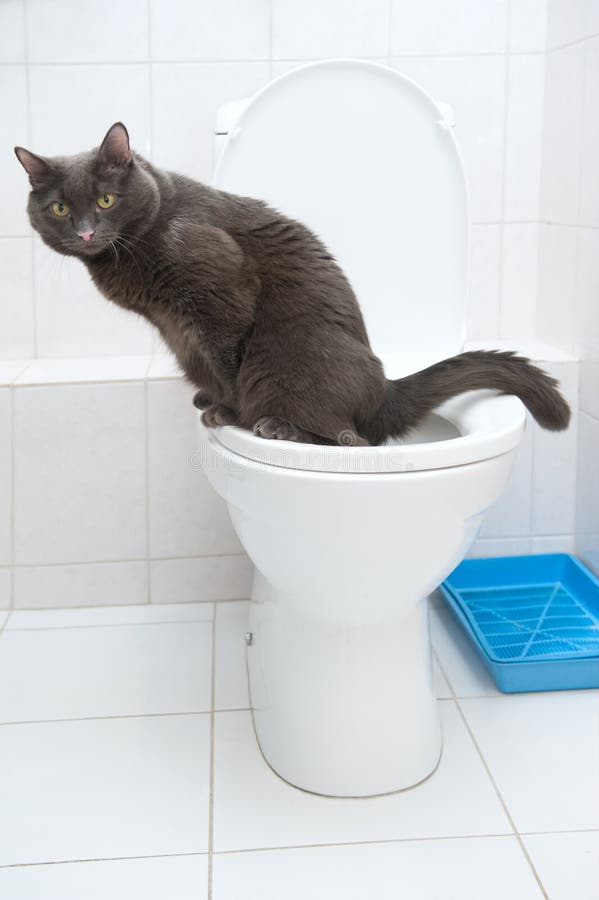Reasons Flushing Cat Poop Down Your Toilet Isn't a Good Idea - Advice for Safer Disposal
Reasons Flushing Cat Poop Down Your Toilet Isn't a Good Idea - Advice for Safer Disposal
Blog Article
Everybody has got their unique assumption with regards to Don’t flush cat feces down the toilet.

Intro
As cat proprietors, it's important to bear in mind just how we take care of our feline close friends' waste. While it might seem hassle-free to purge feline poop down the commode, this technique can have destructive repercussions for both the environment and human health and wellness.
Alternatives to Flushing
Thankfully, there are much safer and a lot more accountable means to dispose of pet cat poop. Take into consideration the following options:
1. Scoop and Dispose in Trash
The most common technique of getting rid of pet cat poop is to scoop it into a naturally degradable bag and throw it in the garbage. Make sure to make use of a dedicated clutter inside story and take care of the waste promptly.
2. Use Biodegradable Litter
Go with eco-friendly feline clutter made from materials such as corn or wheat. These clutters are environmentally friendly and can be safely dealt with in the garbage.
3. Hide in the Yard
If you have a yard, think about hiding feline waste in a designated location far from veggie yards and water resources. Make certain to dig deep enough to avoid contamination of groundwater.
4. Mount a Pet Waste Disposal System
Purchase a family pet waste disposal system particularly created for feline waste. These systems utilize enzymes to break down the waste, decreasing smell and environmental effect.
Health Risks
In addition to ecological issues, purging cat waste can also present wellness threats to humans. Pet cat feces may include Toxoplasma gondii, a bloodsucker that can trigger toxoplasmosis-- a potentially severe health problem, particularly for expecting females and people with damaged immune systems.
Ecological Impact
Flushing pet cat poop introduces harmful microorganisms and bloodsuckers into the water, positioning a considerable risk to water ecosystems. These contaminants can negatively affect aquatic life and concession water top quality.
Final thought
Responsible pet dog possession expands past providing food and sanctuary-- it also involves appropriate waste management. By refraining from flushing feline poop down the bathroom and choosing alternative disposal approaches, we can minimize our ecological impact and protect human wellness.
Why Can’t I Flush Cat Poop?
It Spreads a Parasite
Cats are frequently infected with a parasite called toxoplasma gondii. The parasite causes an infection called toxoplasmosis. It is usually harmless to cats. The parasite only uses cat poop as a host for its eggs. Otherwise, the cat’s immune system usually keeps the infection at low enough levels to maintain its own health. But it does not stop the develop of eggs. These eggs are tiny and surprisingly tough. They may survive for a year before they begin to grow. But that’s the problem.
Our wastewater system is not designed to deal with toxoplasmosis eggs. Instead, most eggs will flush from your toilet into sewers and wastewater management plants. After the sewage is treated for many other harmful things in it, it is typically released into local rivers, lakes, or oceans. Here, the toxoplasmosis eggs can find new hosts, including starfish, crabs, otters, and many other wildlife. For many, this is a significant risk to their health. Toxoplasmosis can also end up infecting water sources that are important for agriculture, which means our deer, pigs, and sheep can get infected too.
Is There Risk to Humans?
There can be a risk to human life from flushing cat poop down the toilet. If you do so, the parasites from your cat’s poop can end up in shellfish, game animals, or livestock. If this meat is then served raw or undercooked, the people who eat it can get sick.
In fact, according to the CDC, 40 million people in the United States are infected with toxoplasma gondii. They get it from exposure to infected seafood, or from some kind of cat poop contamination, like drinking from a stream that is contaminated or touching anything that has come into contact with cat poop. That includes just cleaning a cat litter box.
Most people who get infected with these parasites will not develop any symptoms. However, for pregnant women or for those with compromised immune systems, the parasite can cause severe health problems.
How to Handle Cat Poop
The best way to handle cat poop is actually to clean the box more often. The eggs that the parasite sheds will not become active until one to five days after the cat poops. That means that if you clean daily, you’re much less likely to come into direct contact with infectious eggs.
That said, always dispose of cat poop in the garbage and not down the toilet. Wash your hands before and after you clean the litter box, and bring the bag of poop right outside to your garbage bins.
https://trenchlesssolutionsusa.com/why-cant-i-flush-cat-poop/

We are very fascinated by Don’t flush cat feces down the toilet and I really hope you enjoyed our blog entry. For those who appreciated our blog posting kindly don't forget to pass it around. I cherish reading our article about Don’t flush cat feces down the toilet.
Call Today Report this page